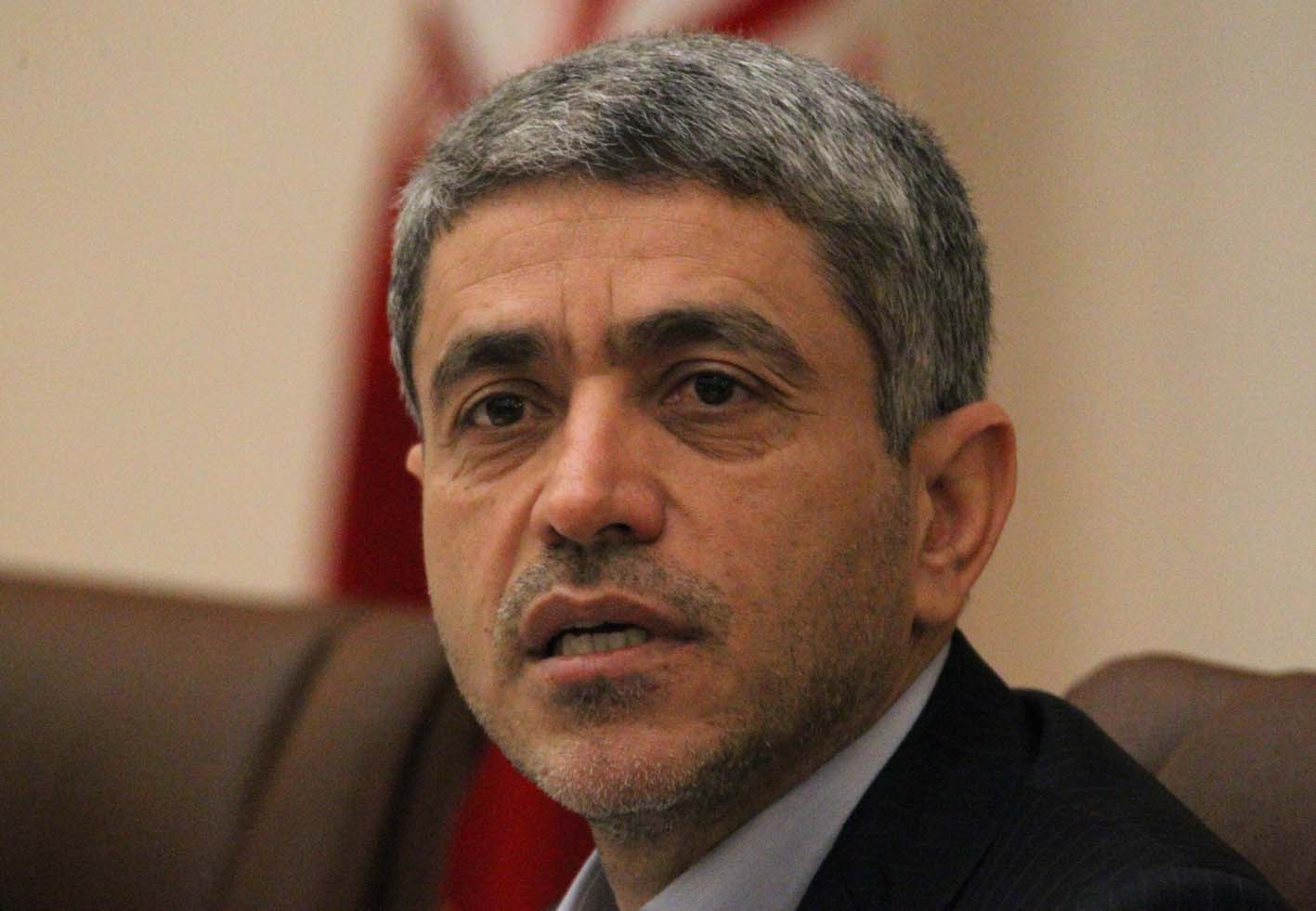Economy Minister Ali Tayyebnia is safe from impeachment for now.
A motion to impeach the minister in the parliament failed after a majority of lawmakers requesting the impeachment withdrew their bid on Tuesday.
MPs wanted the minister to account for the slow economic growth and the poor condition of financial system.
“The impeachment is cancelled,” MP Ali Akbar Karimi was quoted as saying by IRNA.
“Of the 29 parliamentarians requesting impeachment of the economy minister, 22 withdrew their signatures,” the representative of the city of Arak added.
Parliamentary regulation requires 10 lawmakers to sign on for an impeachment of a minister to roll. Yet, Majlis Economic Commission summoned Tayyebnia for questioning in the presence of those who called for impeachment, which led to the majority of impeachment seekers to retract their decision.
Lack of transparency in the banking system, high interest and tax rates, shrinking purchasing power and the poor condition of manufacturers were among the reasons parliamentarians cited to push for Tayyebnia’s impeachment.
The lifting of economic sanctions against Iran’s nuclear program came with expectations of a rapid economic recovery. Almost a year from their lifting and no miracles are in sight.
The expected flood of investment has turned into a trickle due to US sanctions that were not part of the negotiations. The economy is returning to growth but slowly.
“Iran’s economy is finally taking off; boosted by sanctions relief, GDP is set to grow about 4.5% this year, up from 0.4% in 2015. Yet few ordinary Iranians have felt the benefits,” reads an article recently published by The Economist.
Chronic ailments, mostly the legacy of the previous administration led by former president, Mahmoud Ahmadinejad, continue to plague the Iranian economy. MPs say the government could have done more.
Questioning Impeachment Logic
Some experts, on the other hand, question the logic of blaming Tayyebnia’s economic performance.
“We cannot say that the economy minister alone is responsible for the poor state of the economy and the business environment,” parliamentarian Rahim Zare’, who is a member of Majlis Economic Commission, was quoted as saying by ILNA, referring to the roles of the Central Bank of Iran, Labor Ministry and the Ministry of Industries, as well as other entities.
“I don’t believe in the impeachment of the economy minister. Conditions are set to improve; the country will emerge from recession or our growth rate will increase,” Zare’ added.
Latest data on economic growth pertain to the first quarter of the current Iranian year (started March 20). Central Bank of Iran Governor Valiollah Seif put it at 5.4%, while the Statistical Center of Iran says GDP grew by 4.4% in the first quarter.
The economy emerged from recession two years ago and grew 3%. The rebound followed two years of deep recession when the economy contracted 5.8% and 1.9% back to back.
Growth slowed down, however, as the legacy of the crisis hampered businesses and the Iranian economy grew 0.9% in the last fiscal year, according to SCI.
Mainly Focused on Taming Inflation
Tayyebnia’s policies have been mainly focused on taming inflation. Since President Hassan Rouhani took office in 2013, the administration’s economic team reduced average annual inflation from 34.7% in 2013 to below 10%.
In its latest data on inflation, the CBI reported that the average goods and services Consumer Price Index for urban areas in the 12 months ending November 20, which marks the end of the Iranian calendar month of Aban, increased 8.6% compared with last year’s corresponding period, according to the latest CBI report.
Supporters of Tayyebnia refer to reduction of inflation to single digit as “the most valuable and important” achievement of his ministry, besides restoring stability to the markets.
Urban consumer price index fell to 9.5% for the rolling year ending June 20 for the first time in 25 years. The last time was in 1990, when Iran was emerging from the carnage of the Iraq-imposed war.
The International Monetary Fund forecasts that the inflation rate in Iran will drop to 7.2% in 2017 from 7.4% in the current year. The forecast comes amid fears of an inflation surge that recently resurfaced in the wake of growth in money supply.
However, statistics show the government has failed to create jobs. The Statistical Center of Iran put the country’s unemployment rate in summer at 12.7%. The figure registers a 1.8% increase compared with last summer and a 0.5% rise compared with the previous quarter (March 20-June 20, 2016).
The new data show 3.33 million Iranians were unemployed in Q2. It also shows 10.4% of men and 21.8% of women of ages 10 and above were jobless during the period.
Youth unemployment rate, i.e. the proportion of the population between the ages of 15 and 29, stood at 26.7% in summer, registering a 3.3% rise compared with the same period of last year and a 1.8% increase over last quarter.


